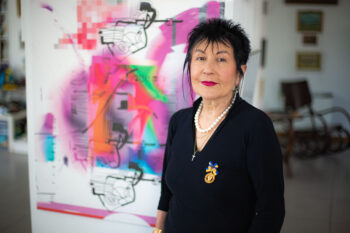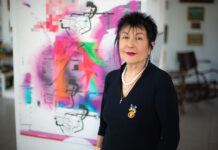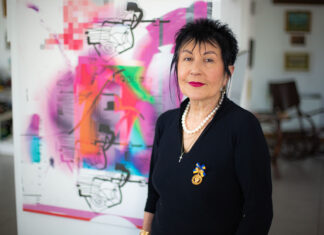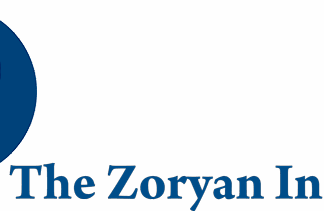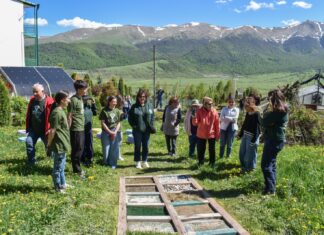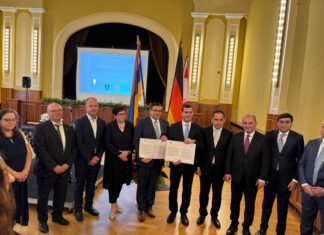YEREVAN / MISSISSAUGA (Ontario, Canada) – Keith Garebian, born in 1943 in Bombay, India, is a widely published, award-winning author, poet, biographer, and literary, dance and theatre critic. He has lived in Canada since 1961. He studied English at Sir George Williams University, Montreal (M.A.) and Queen’s University, Kingston (Ph.D.), after which he taught part-time at McGill, Concordia and Trent universities. He is the author of 10 books of poetry, 19 books on Canadian literature and theater, as well as thousands of reviews, interviews, and features in over 100 international periodicals, newspapers, anthologies, and on digital websites.
His poetry books include: Reservoir of Ancestors: Poems (2003), Frida: Paint Me as a Volcano/Frida: Un Volcan de Souffrance (2004), Blue: The Derek Jarman Poems (2008), Children of Ararat (2010), Moon on Wild Grasses (2013), Georgia and Alfred (2015), Poetry is Blood (2018), Against Forgetting (2019), and the forthcoming In the Bowl of My Eye (2022) and Finger to Finger (2022). He also has two poetry chapbooks to his credit, Samson’s Hair and Other Satirical Fantasies (2004) and SCAN: Cancer Poems (2021). His non-fiction books include production histories of classic Broadway musicals (My Fair Lady, West Side Story, Gypsy, Guys and Dolls, and Cabaret), as well as an acclaimed, definitive biography of famous Canadian actor, the late William Hutt.
Among his many awards are the Canadian Authors Association (Niagara Branch) Poetry Award (2009), the Naji Naaman Literary Honour Prize (Lebanon) (2009), the Mississauga Arts Award for Writing (2000, 2008, 2013 and 2019), and the Dan Sullivan Memorial Poetry Award (2006). His poem “Elegy for William Saroyan” from Children of Ararat was selected Poem of the Month by the Parliamentary Poet Laureate in 2009. Garebian won First Prize in the Canadian Authors Association Poetry Contest in 2009 (for “Dikranagerd”), writing grants from the Ontario Arts Council and the Canada Council, and numerous nominations and awards for poetry and non-fiction in national and international contests.
Some of Garebian’s books are in the Library of Congress (US) and some of his work has been translated into French, Armenian, German, Chinese, Romanian, Bulgarian and Hindi.
Guernica Editions is projected to publish a book in 2023, edited by Bruce Meyer, about his literary works.
Keith, you say that poetry is blood — blood as origin, belonging to a certain culture and heritage. Your Armenian legacy is vividly expressed in your poetry. What about your Anglo-Indian heritage? Are there some inspirations, motives, moods that come from that side of yours?
